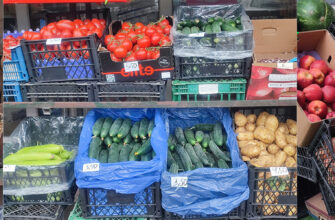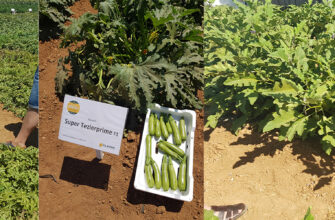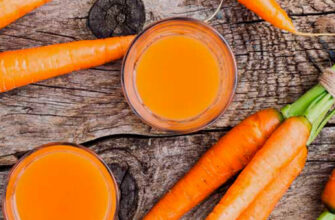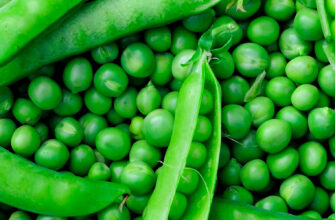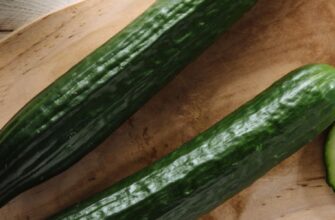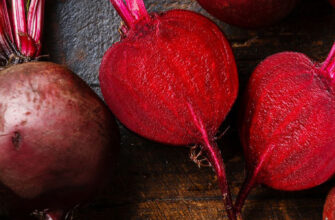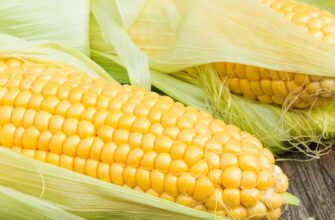What is on the table almost every day in every family around the world? The answer is obvious — vegetables. They are part of most dishes, and even in desserts, carrots, beets, or pumpkin are appearing more and more often. In different countries and cultures, vegetables hold a special place in gastronomy.
The average person consumes about 600 grams of vegetables and fruits daily. In developed countries, this figure often exceeds one kilogram. But, of course, there are regions where vegetables are still considered a luxury. We have compiled a list of the twenty most common vegetables that are grown and consumed the most worldwide.
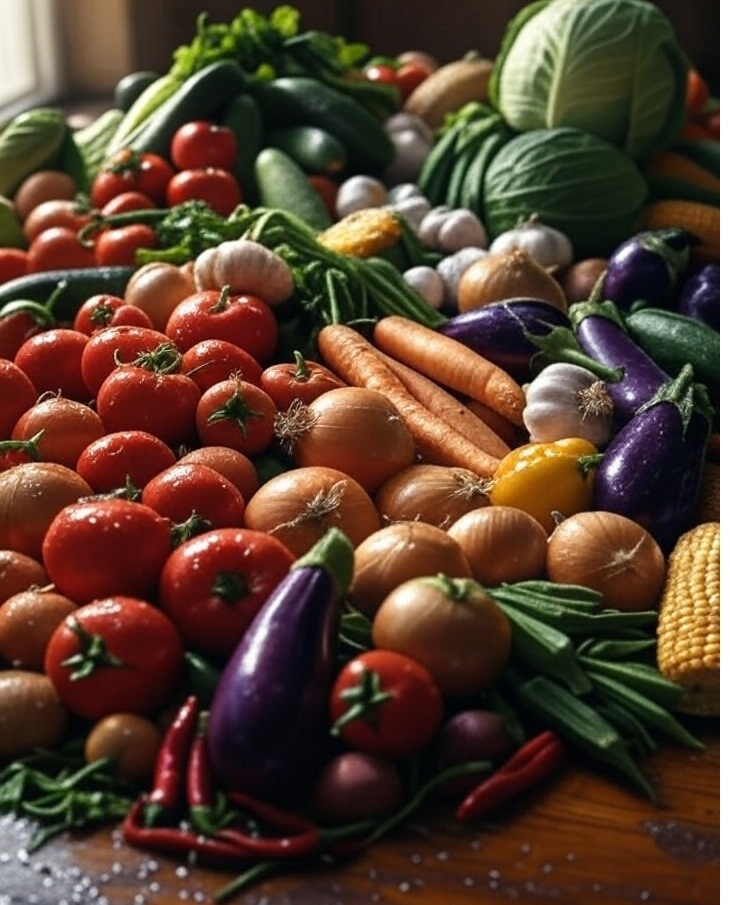
The Most Popular Vegetables in the World
Potatoes are the absolute leader in production volume. About 370 million tons of this vegetable are grown worldwide annually. The largest producers of potatoes are China, India, and russia. Approximately 60% of the harvest is consumed fresh, while the rest is processed into products such as chips, French fries, mashed potatoes, and others. Potatoes are one of the main food sources for over a billion people. They are boiled, fried, baked, added to soups, and even used in desserts.

Tomatoes rank second worldwide with a production volume of about 189 million tons per year. The main producers are China, India, and the USA. About 77% of tomatoes are consumed fresh, while the rest is processed into sauces, paste, and ketchup. Tomatoes are the base of many dishes—from Italian pizza to Ukrainian borscht. In Spain, they even hold an annual festival called “La Tomatina,” during which thousands of people take part in a fun tomato-throwing event.
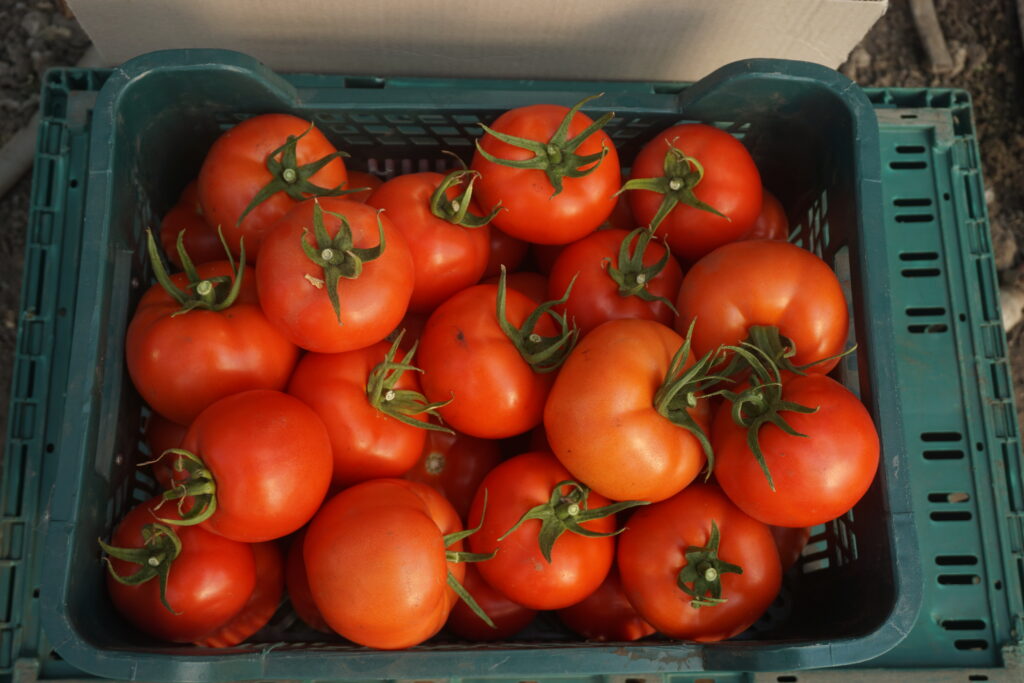
Onions are another versatile vegetable, indispensable in almost every dish. About 106 million tons are grown worldwide annually. The main producers are China, India, and the USA. Around 60% is consumed fresh or freshly processed, while the rest is used in cooked or preserved dishes. French onion soup, shashlik, and pilaf are just a few famous dishes where this vegetable plays a key role.
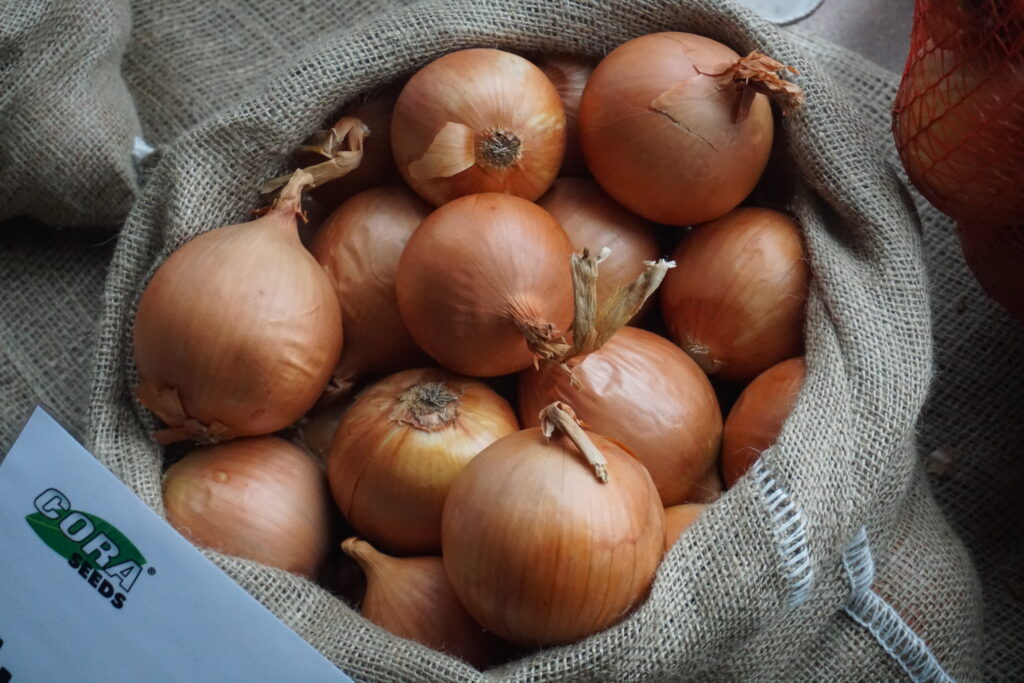
Cabbage is a traditional vegetable in many cultures, especially in Eastern Europe. Annual production reaches 72 million tons. The largest producers are China, India, and russia. About 60–70% of cabbage is consumed fresh, while the rest is pickled, stewed, or fermented. Sauerkraut is a source of vitamin C, containing more of it than a lemon.
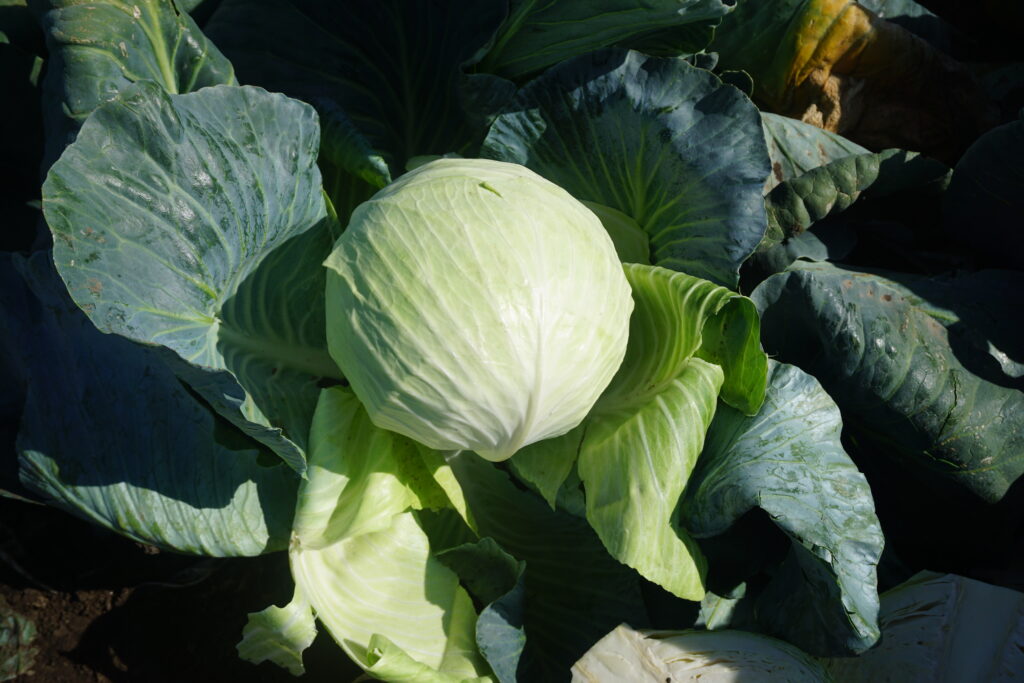
Cucumber is another favorite of many. About 90 million tons of cucumbers are grown worldwide each year. China, Turkey, and Iran are the main producers. Over 85% of this vegetable is consumed fresh, while the rest is pickled or preserved. Cucumbers taste great both in salads and in jars.

Carrot — about 45 million tons are grown annually. The leaders are China, the USA, and Uzbekistan. Carrots form the base of many dishes — borscht, salads, soups, and desserts. Around 70% of carrots are consumed fresh, while the rest are used for juices, cooking, and stewing. Carrots have a sweet taste, are crunchy, and rich in beta-carotene.
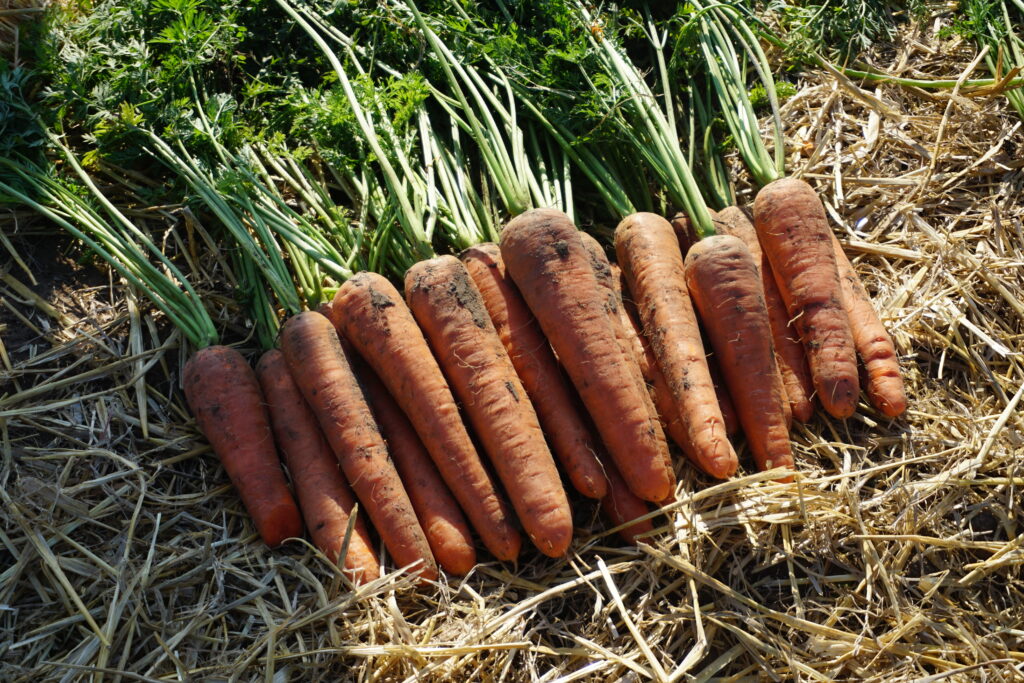
Garlic — produced in quantities of about 28 million tons per year. The largest producers are China, India, and Bangladesh. Half of the garlic is consumed fresh or dried, while the rest is used in seasonings, sauces, and marinades. It is a natural antibiotic and a powerful source of flavor for any dish.
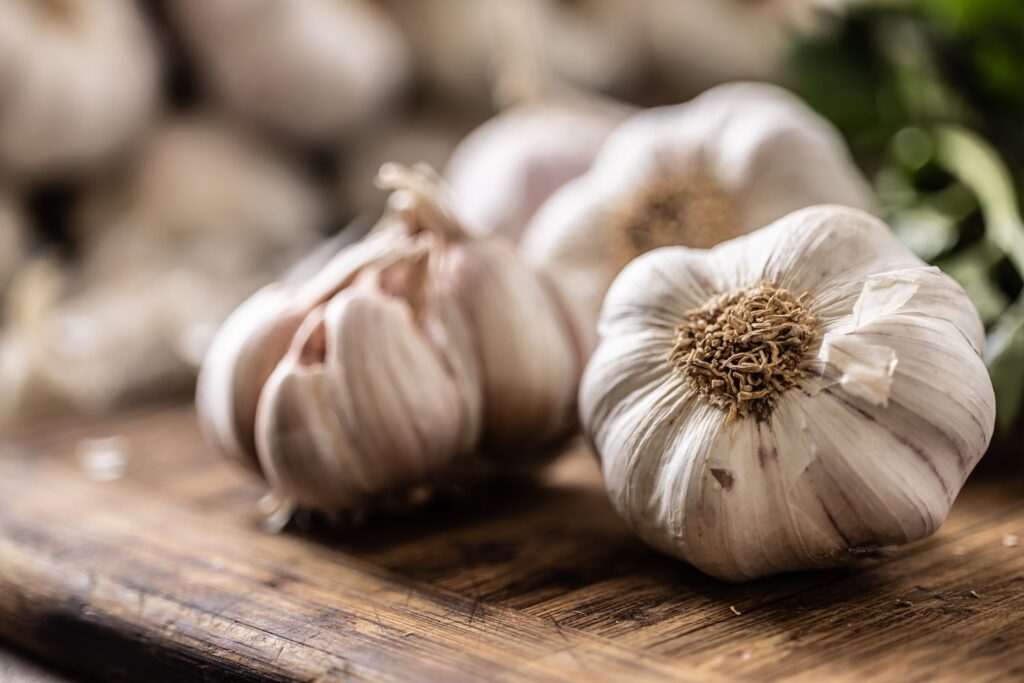
Beans — an important source of protein and fiber. Approximately 25 million tons are grown annually, mainly in India, Myanmar, and Brazil. About 30% of beans are consumed fresh or cooked, while roughly 70% are canned, dried, or long-term stored products. Bean dishes are popular in Latin America, Asia, and Europe.
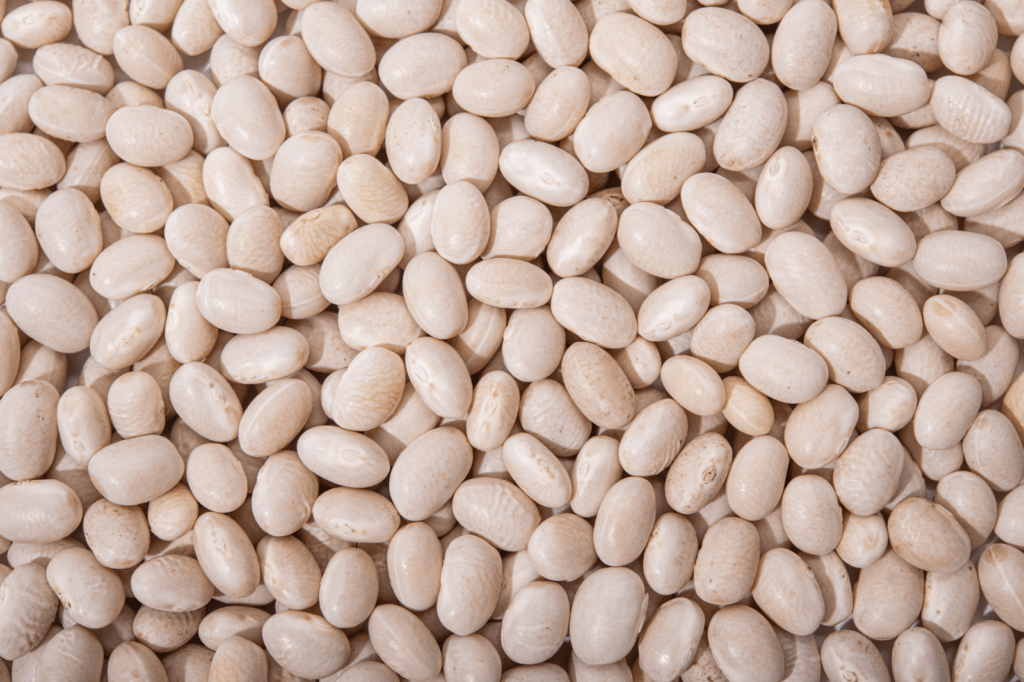
Pepper — the production volume is about 36 million tons. China, Mexico, and Turkey are the leading producers. Approximately 65% of peppers are eaten fresh, while the rest are used for sauces, pastes, and preserves. Its varieties — from sweet to hot — add brightness and distinctive flavor to dishes.
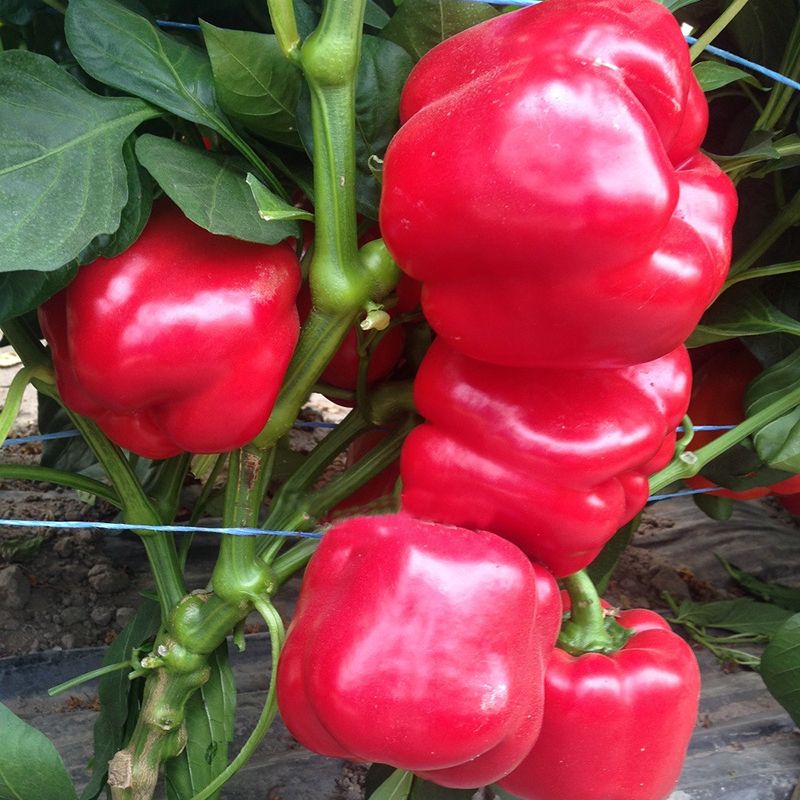
Eggplant — approximately 56 million tons per year. China, India, and Egypt are the main producers. About 60% is consumed cooked or fresh after heat treatment, while around 40% is eaten as preserved or canned dishes. In many cuisines, eggplant is considered the “king of vegetables.”
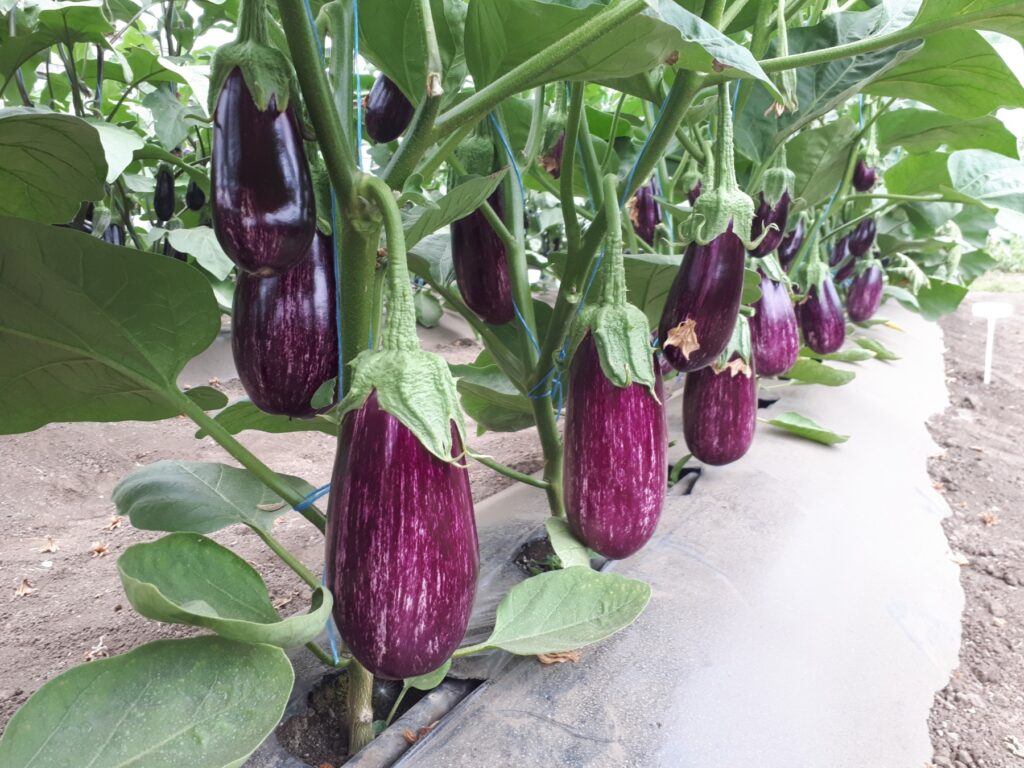
Sweet corn — over 120 million tons produced annually. The main countries are the USA, China, and Brazil. Half is consumed fresh or canned, while the other half is used as popcorn, porridge, or frozen.
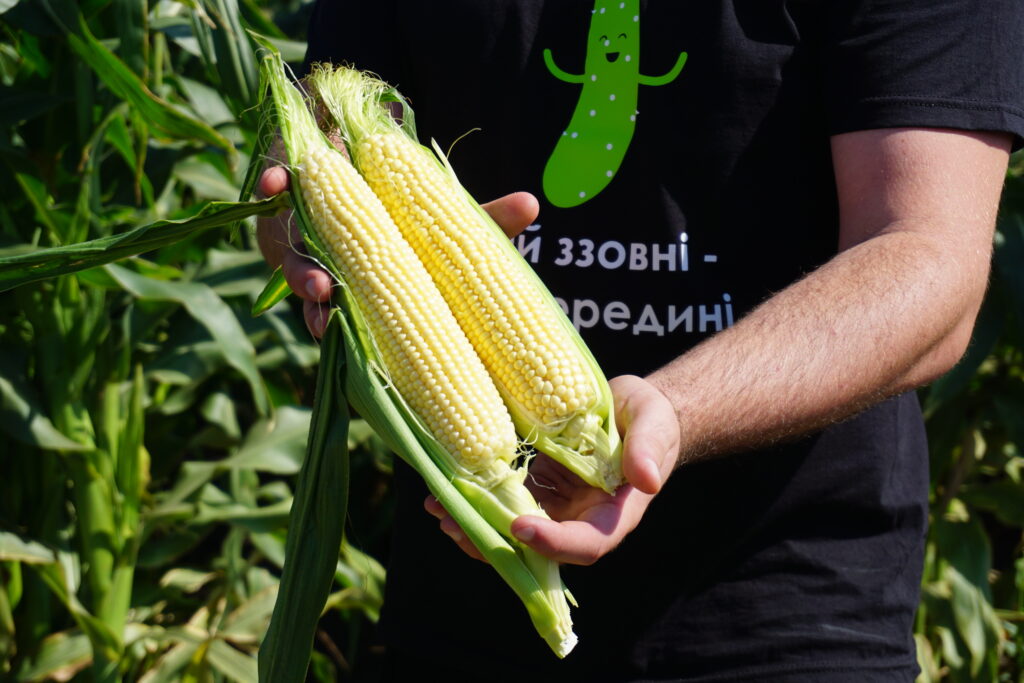
Broccoli — a green favorite of healthy eating. Over 27 million tons are grown annually, mainly in China, India, and Italy. About 40% is consumed fresh, while the rest is frozen, baked, or used in soups.
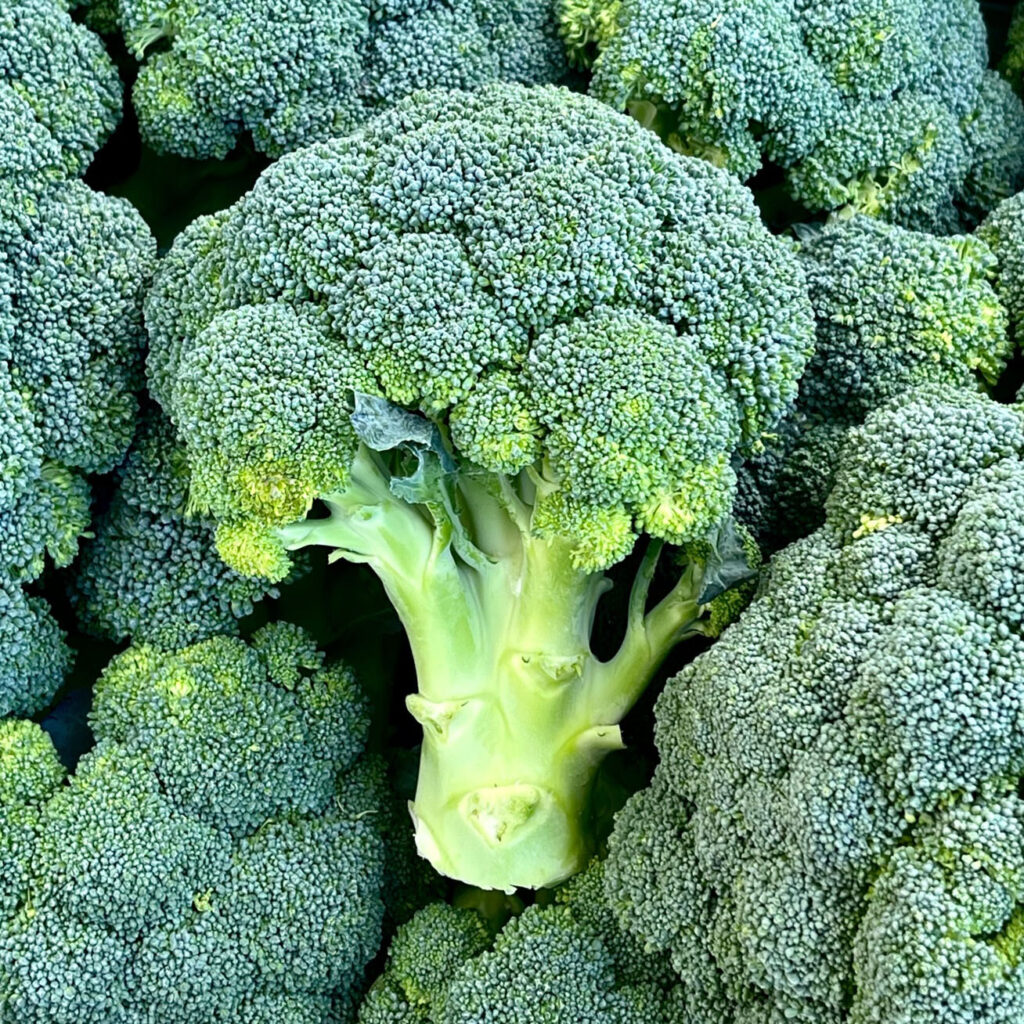
Cauliflower — about 28 million tons produced annually. The main producers are China, India, and France. Approximately 70% is consumed in baked dishes, soups, and purees, while the rest is eaten fresh. It’s a good alternative to potatoes, especially in low-carb diets.
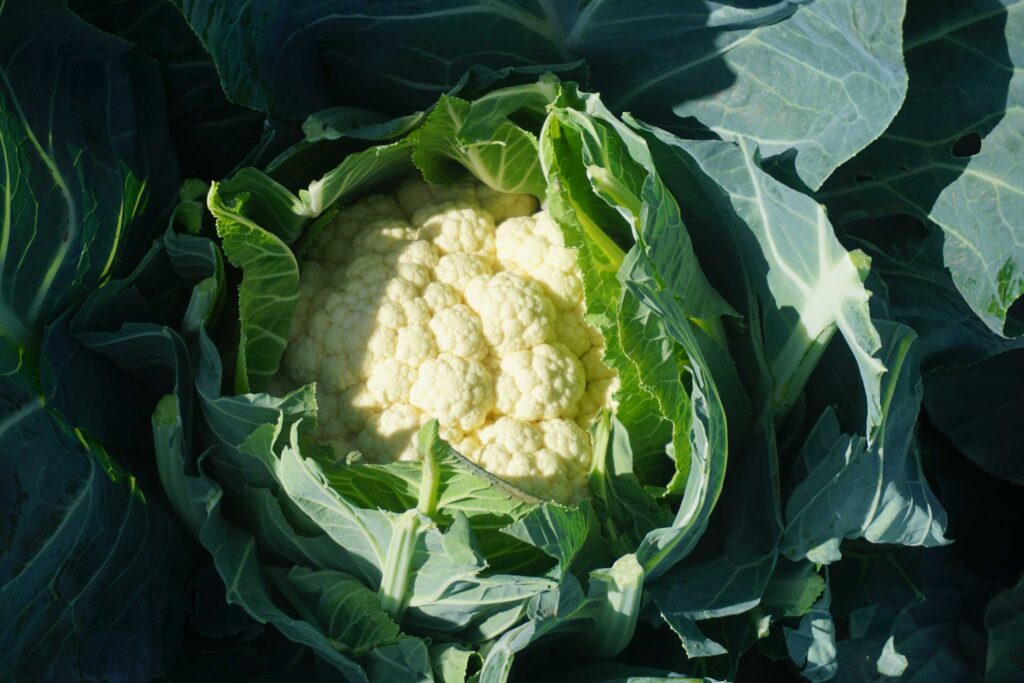
Lettuce — about 28 million tons produced annually. Nearly the entire harvest is consumed fresh. The main suppliers are the USA, China, and Spain. This lettuce is a symbol of light meals and healthy eating.

Green peas — about 20 million tons annually. China, India, and France are the leaders. Only 35% of peas are consumed fresh; the rest are frozen or canned. Peas are suitable for soups, salads, and side dishes.
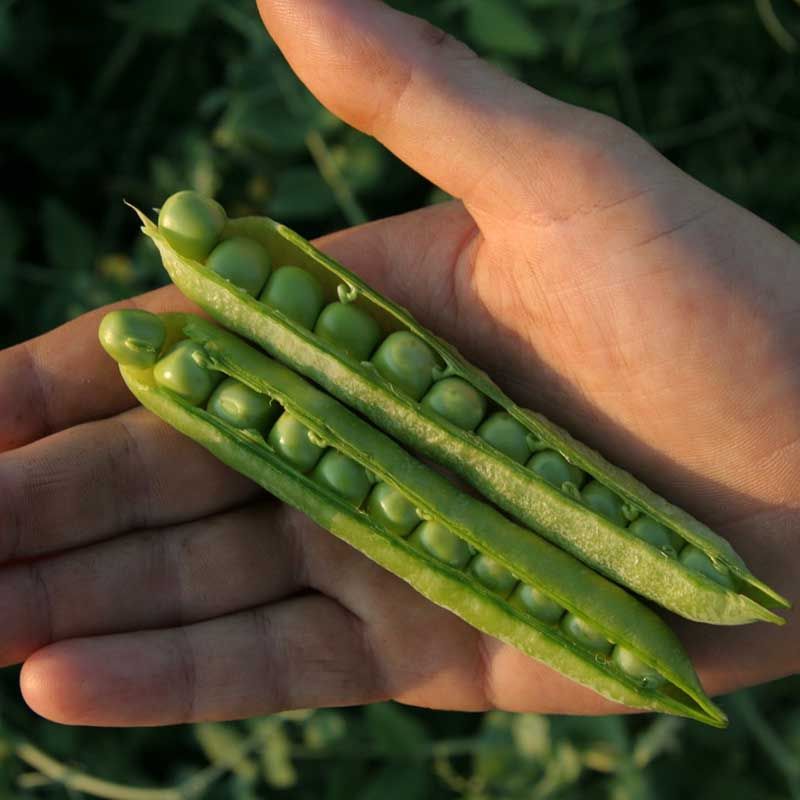
Leek — grown at about 2 million tons. Main countries: Indonesia, France, South Korea. Only about 20% is eaten fresh; the rest is used in soups, casseroles, and stews. It is a tender and delicate alternative to regular onions.
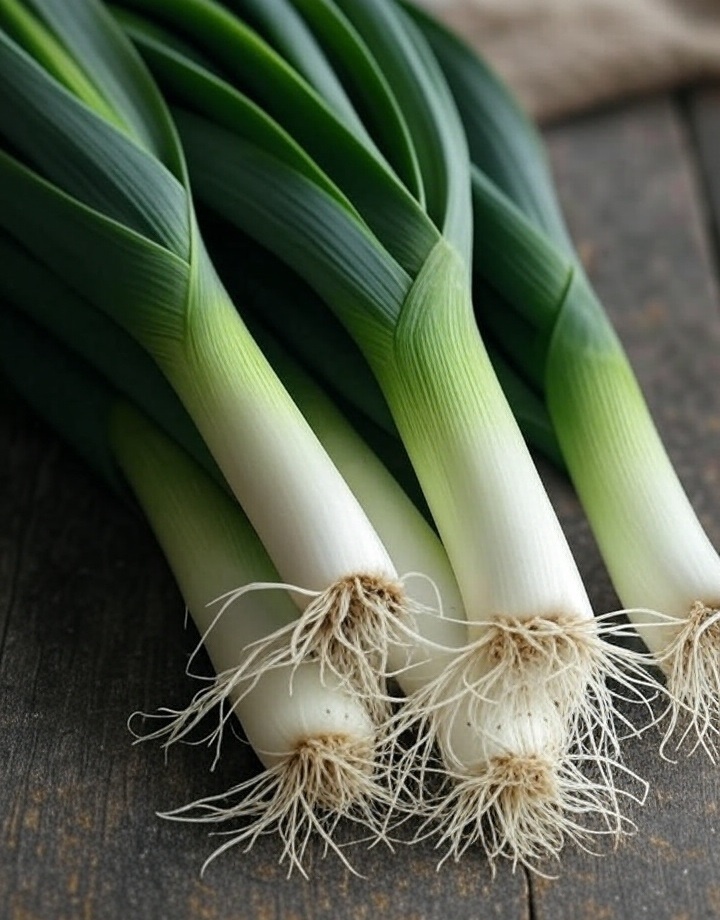
Spinach — over 32 million tons. China, USA, and Japan are the main producers. About 30% is consumed fresh; 70% is stewed, frozen, or added to dishes. It is one of the most valuable superfoods.
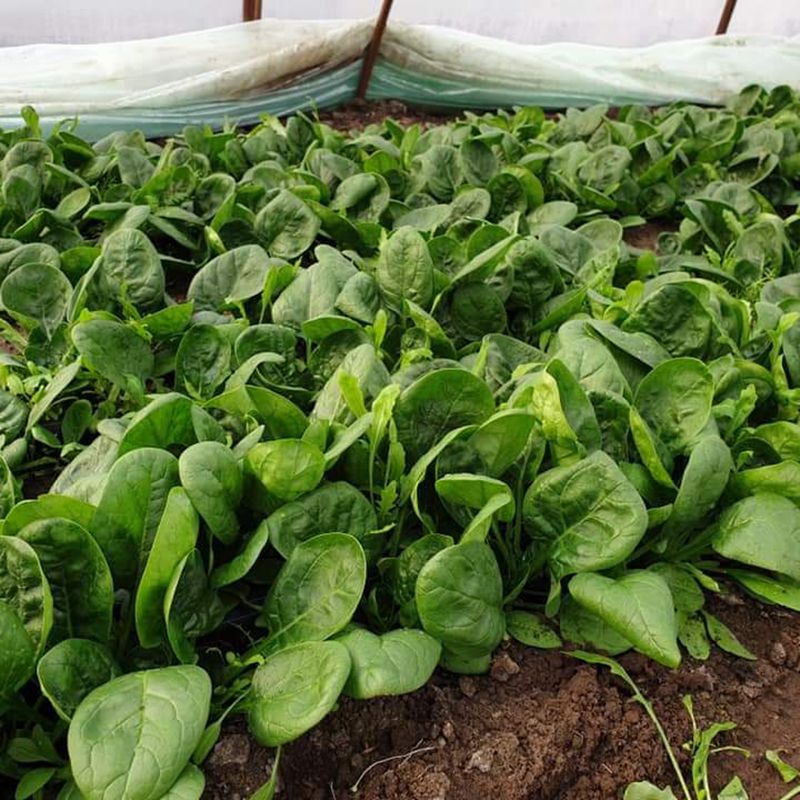
Radish — production is about 7 million tons per year. Largest producers: China, South Korea, and Japan. Almost all radishes are consumed raw. It is a typical spring vegetable with a bright flavor.
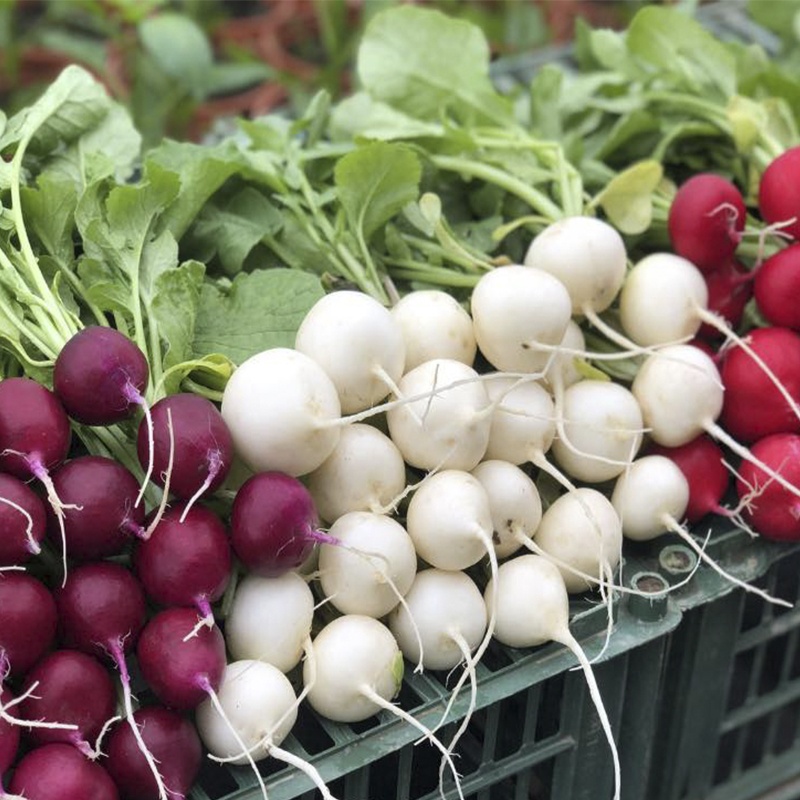
Swiss chard (mangold) — relatively small production volume — about 900 thousand tons, but growing popularity. Mostly grown in Italy, Switzerland, and the USA. Only a fifth is eaten fresh; the rest is stewed or included in dishes.

Sweet potato (batat) — a sweet root vegetable with a trendy image. Around 92 million tons produced annually. Main countries: China, Nigeria, Tanzania. A quarter of the harvest is consumed fresh or baked; the rest is used in purees, soups, chips.
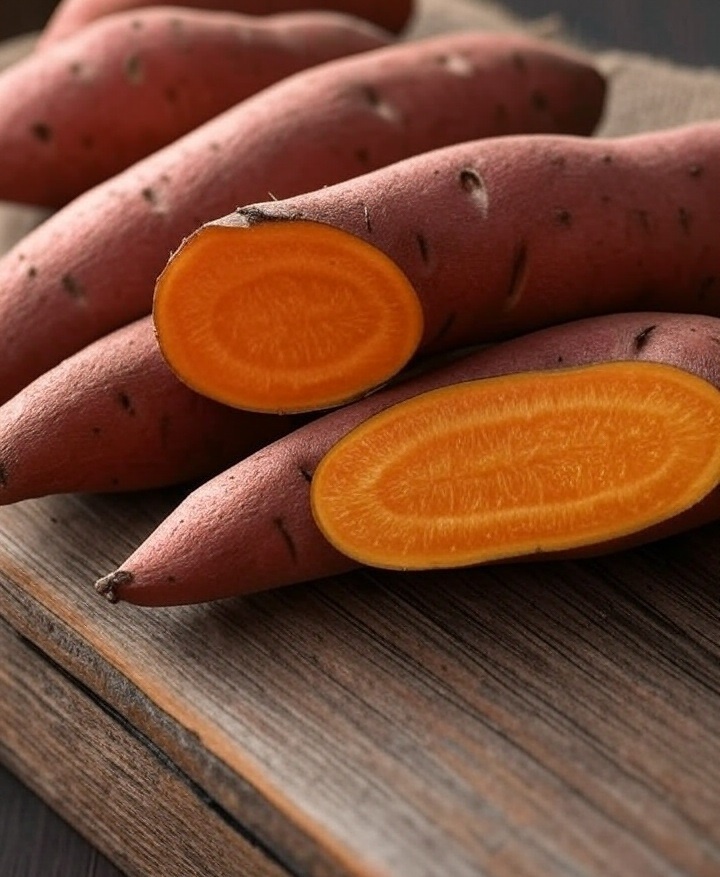
Beetroot — although not in the global top by volume (about 15 million tons), it plays a key role in Eastern European cuisines. It is grown in Russia, France, the USA, Germany. About 40% of beetroot is consumed fresh or boiled; the rest is processed. Borscht, vinaigrette, salads, kvass, snacks — all made with beetroot. Additionally, it is rich in iron, folic acid, and antioxidants.
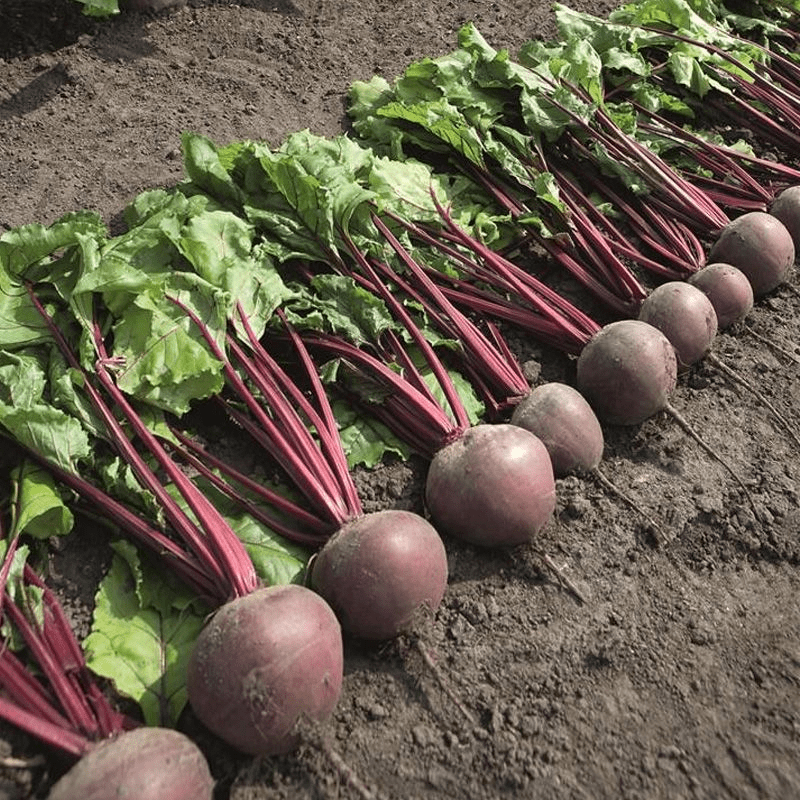
According to the UN, the global average consumption of fruits and vegetables per person is about 594 grams per day. This is a generalized figure that includes both high-income countries and regions where vegetables are more of an exception than a rule. For comparison, the World Health Organization (WHO) recommends consuming at least 400 grams of fruits and vegetables daily to meet basic dietary fiber, vitamin, and micronutrient needs.
Countries with the highest vegetable consumption
China — over 1100 grams of vegetables and fruits per person per day. This is the absolute world record, explained by both the country’s scale and the traditional preference for vegetable dishes in its national cuisine.
Albania — about 1000 grams. Despite its small size, the country has long-standing traditions of a vegetable-rich diet.
More than 800 grams of vegetables per day are also consumed in South Korea, Cuba, and Libya.
Where do people eat the least vegetables?
In Chad, the average consumption is only 21 grams per day — the lowest in the world. The reasons are clear: lack of resources, poverty, and climatic limitations.
In Nicaragua and Zimbabwe, the figure is slightly higher but still very low — less than 50 grams per person per day. These numbers reflect economic difficulties and dietary traditions where vegetables do not play a leading role.
How many vegetables does the average person in Eastern Europe consume?
Available statistics allow an approximate estimation of key vegetable consumption across Eastern Europe
- Potatoes — the undisputed leader in the Eastern European diet. Annually, each person consumes about 120–140 kg, which is roughly 3.5–4 kg per week. Potatoes are an essential part of daily meals — from hearty soups to festive salads.
- Tomatoes — while exact data may vary by country, average consumption is estimated at 20–30 kg per person annually. People in Eastern Europe actively enjoy both fresh tomatoes and homemade preserves.
- Cucumbers — approximately 15–30 kg per year per person. One of the most beloved vegetables, eaten fresh, pickled, or fermented.
- Cabbage — estimated at 40–50 kg per year. A versatile vegetable used in soups, salads, and as sauerkraut — especially popular in colder months.
- Carrots — about 25–35 kg per year. Frequently used in soups, salads, and casseroles, adding color and sweetness to many dishes.
- Beetroot — on average 15–25 kg per person. A traditional ingredient in regional cuisine, especially in borscht, salads, and vegetable stews.
- Onions — around 15–25 kg per year. Used as a base for many hot dishes, sauces, and seasonings throughout the region.
These figures confirm the deep integration of vegetables into the traditional diet of Eastern European countries. Although exact numbers vary yearly depending on harvests and economic conditions, the overall picture remains stable: vegetables are the foundation of daily nutrition for most of the population.
Vegetables in Eastern Europe are not just a side dish — they are a vital part of culture, tradition, and health. Each vegetable, from the crunchy cucumber to the richly colored beetroot, carries its own story, purpose on the plate, and place in the region’s culinary heritage.
The more color on your plate, the more health, strength, and joy in everyday life.

If you have found a spelling error, please, notify us by selecting that text and pressing Ctrl+Enter.

